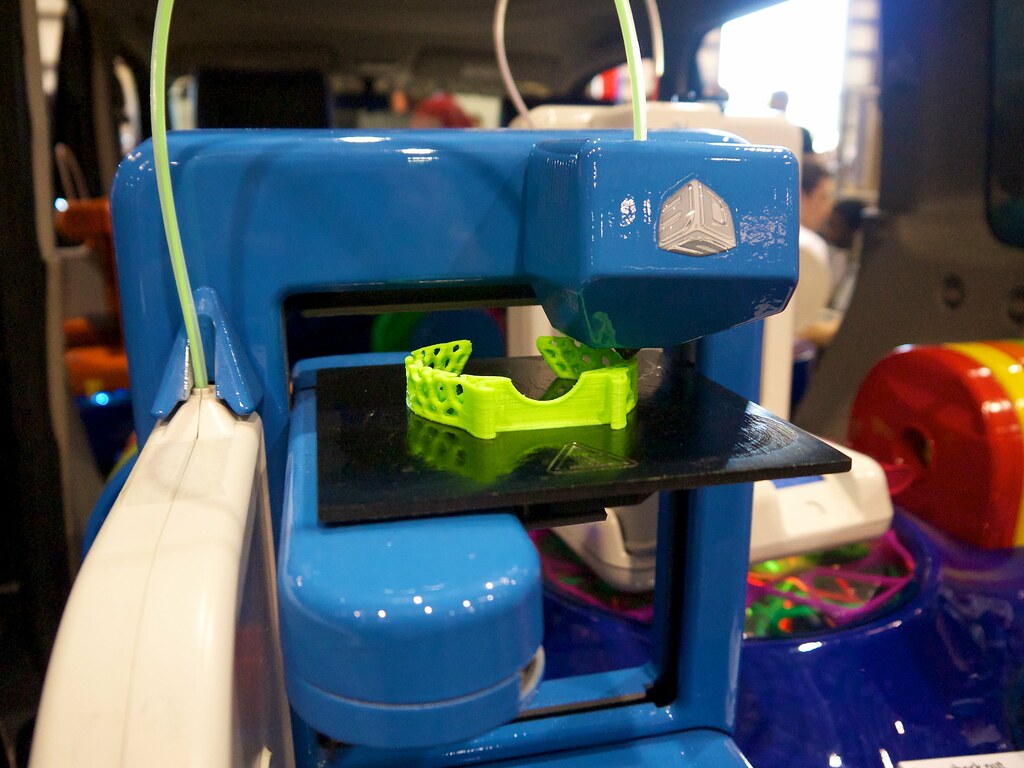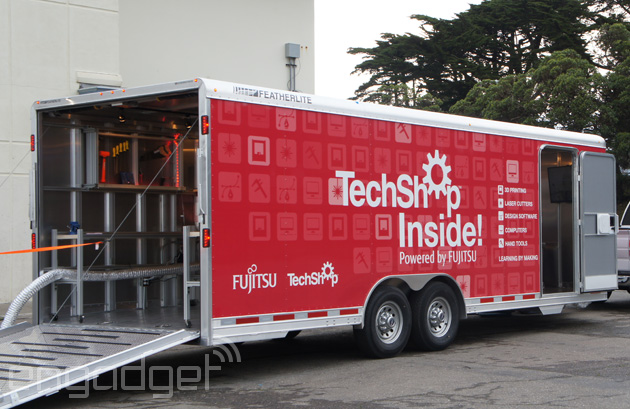Frustration, anxiety, and struggle are comfortable. Said no human ever.
Accepting and sitting with uncomfortable emotions that accompany change
is not something that we, as humans, do very well. In an effort to avoid discomfort, we will catastrophize, act out, and procrastinate. As an English teacher, I know this all too well. Rather than deal with the discomfort related to grading 140 something essays, I found a distraction--usually in the form of a domestic task. Removing lint from the dryer and dusting the blinds offered relief from something far more anathema ... a ghastly spire of Ulysses essays. In the end, my essay-evasion tactics did little to erase my unease. Discomfort persisted until I finally sat down and started my sixteen hour task, one paper at a time. I had to experience discomfort before making any progress.
Contrary to performance orientation, mastery orientation, directs students’ focus on developing new skills and improving competence, and is associated with self- regulation, increased effort, autonomy, and the belief that effort will lead to academic success (Ames, 1992; Pintrich, 2003; Seifert, 2004). If we want to instill and nurture a growth mindset in all of our students, we must also implement tools and systems that support the belief that they can learn and improve. If we want students to dig deeper into their learning, they must be given opportunities to improve and master before moving on.
The first step to allowing for mastery includes identifying precise learning targets or standards. This is where SBG comes in. Once students are able to identify the specific learning targets they are responsible for, they can begin to create individual learning goals. Standards-Based Grading moves the “what students need to be able to do” from the background to the center-stage. In addition, the mastery model remains true to the values we want to instill in our students:
- Importance of effort, improvement, and working toward a goal
- School is about learning, not just performing
- Student ownership of the learning
- Student responsibility and reflection
- Growth mindset
While most of us would agree that these values are essential, we can also notice what is missing--such as time on task and timeliness of assignments. We want our students to manage their time and prioritize, right? When I think about this question my mind always arrives at one image--a giant stack of ungraded, late essays. This is where the anxiety sets in. This is where I get stuck.
It is when I consider the alternative--keeping our current system--that I am able to become unstuck. I consider the many students who stare blankly, exert minimal effort, and just “play school” to get a grade so that they can “stop learning.” I consider the fact that many students are unable to reflect upon their own learning. I consider the fact that teachers often feel more responsible for student learning than the students themselves. I consider the fact that many students take little ownership and interest in their own learning. This is when it becomes clear that we must change our system to one that promotes the same values we want in our students. A mastery model of education and the adoption of SBGs is an uncomfortable step in the direction of progress.









%2B1%2Bcopy.jpg)



